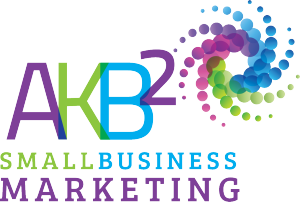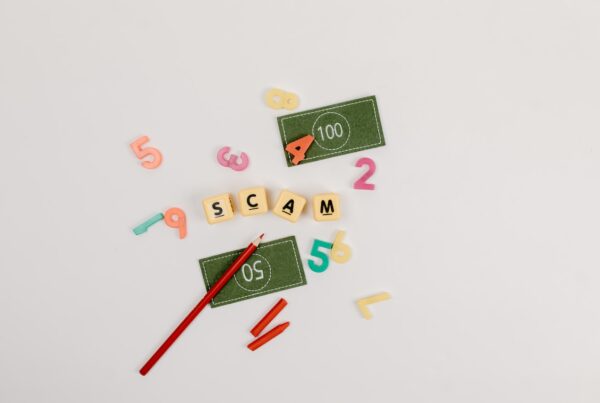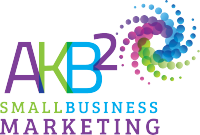When I Googled the term ‘COVID-19’ earlier this week, this was the number of searches that came up: 2,470,000,000. And, When I also Googled the word ‘coronavirus’ this is several searches it returned: 2,090,000,000. That’s a staggering 2+billion in both instances!!
Whether you are surprised by the number or not, what is clear is that COVID-19 dominates our hearts and minds right now.
For your small business customer, the sentiment applies, and it won’t go away anytime soon.
Small Business Unusual

While it’s business unusual, let’s not lose sight of the fact that consumer demand hasn’t gone to zero. People are still buying and searching now more than ever.
I agree these are unique times with unique challenges especially for your small business- some industries have plummeted while others have soared. A survey done by the Marketing Week of 1990 global marketers concluded that jobs and businesses related to B2C marketing have suffered more than B2B marketing during this challenging time. According to their survey, 5 percent of B2B marketers have observed a shift in their job while 11% have witnessed an expansion in their jobs (Rogers, 2020).
Given these unprecedented times, now more than ever, as small business owners, it’s important to focus on what’s within our control and be there for our customers in the most helpful ways.
So, what can you do? How can you serve in helpful ways?
From a marketing standpoint, these are a few recommendations to help you adapt your marketing during COVID-19.
If you are B2C and a retailer considers these:

1. Adjust in real-time: Adjust in real-time. As your customer’s behavior shifts, ensure your product information is updated regularly especially if you run out of stock. Communicate often across all of your platforms. Send them informative emails or simply an outreach to see how you can help. Sincerity and goodwill are priceless, plus it repays itself in spades.
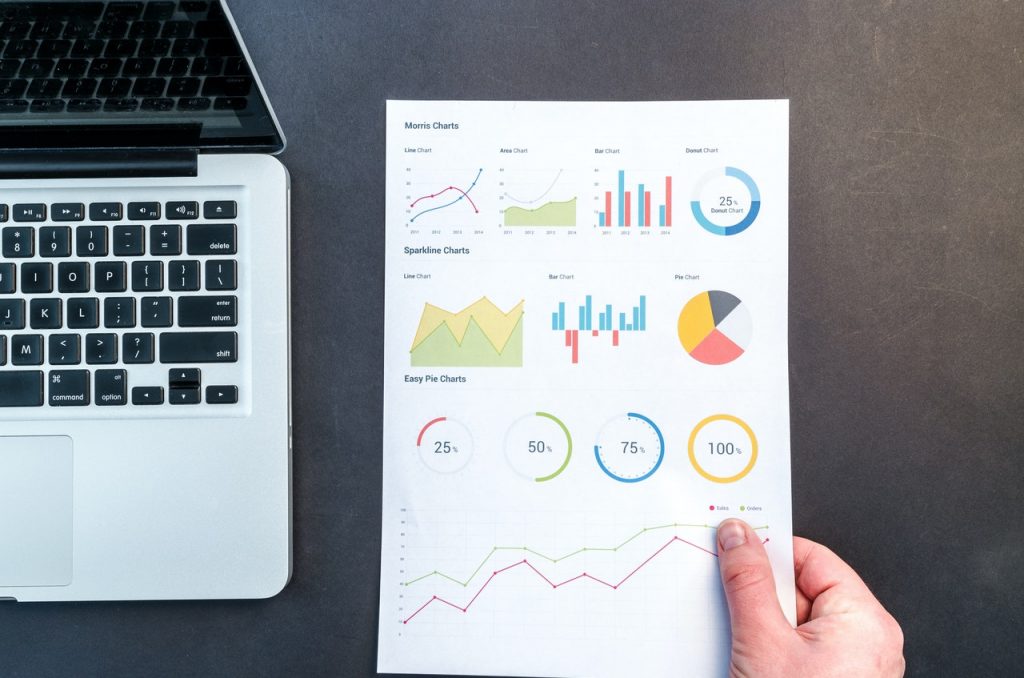
2. Consider new ways to target your audience: If you have a brick and mortar and attract foot traffic maybe it’s time to pivot to online traffic. Using paid ads to find online traffic will be much quicker than organic, especially if you have neglected search engine optimization (SEO) on your site for a while. Find new ideas and keywords to rank high on search engines and let other people know about your presence.
Most of the world is now online, which means you probably have a new audience(s) online.
Did you know that world internet usage is up 50% since the pandemic per World Economic Forum? And, brick and mortar stores have seen a 35.5% sales shift from in-store to online per eCommercenext?
Is seniors a target group? How about very niche groups? If you are in the beauty and personal care space, search has increased – so has cards, gift baskets, and floral arrangements to name a few.
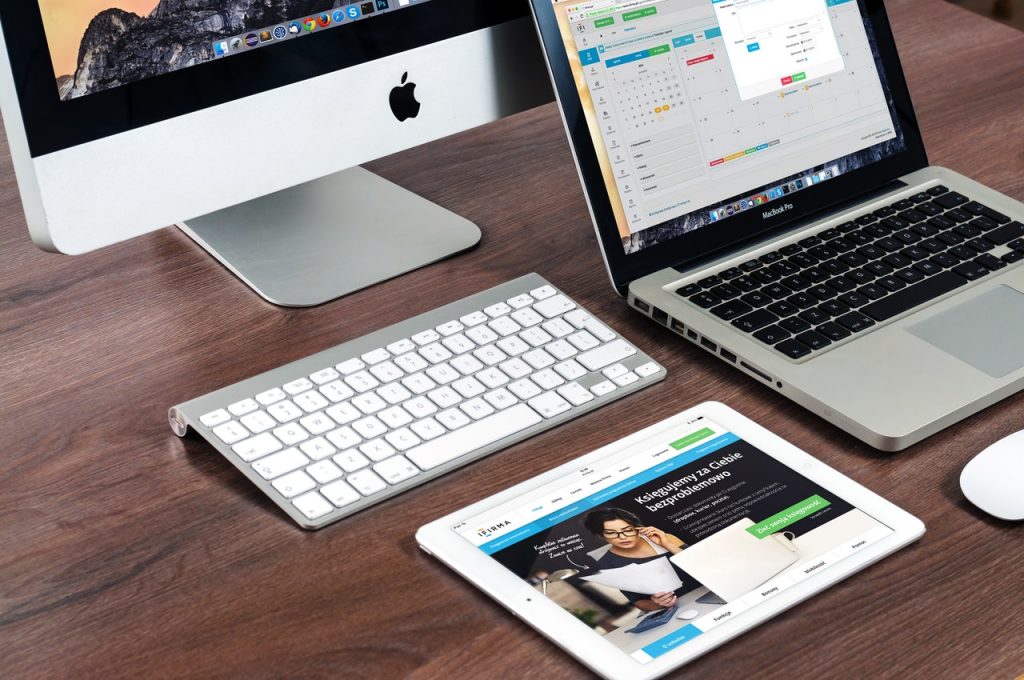
3. Run a full-site promotion. If you have excess inventory that may not move because we are all indoors, run a full-site promotion, and reap the benefits of a cash injection. If you anticipate a low demand for your spring and summer merchandise roll out a store wide sale and get rid of the excess inventory quickly.
4. Brand Awareness. Brand Awareness is the most important thing right now. After recognizing your audience, it is the time to start communicating with new and innovative ways your products and/or services can help. The spending power and capabilities of consumers may be low in these times but their hunt for new and fresh ideas is still growing. Bringing innovation and dexterity to your business will show industry leadership and perhaps improve your sales even in these difficult times.
5. Update Your Google Listing. It is important to let your customers know about your every move you make. If you are closing your business or planning to change your working hours, then you should update your Google listings accordingly to change the opening and closing hours, days of work, etc. If your business is not based in one specific location then let your customers know about your presence at different times and different places.
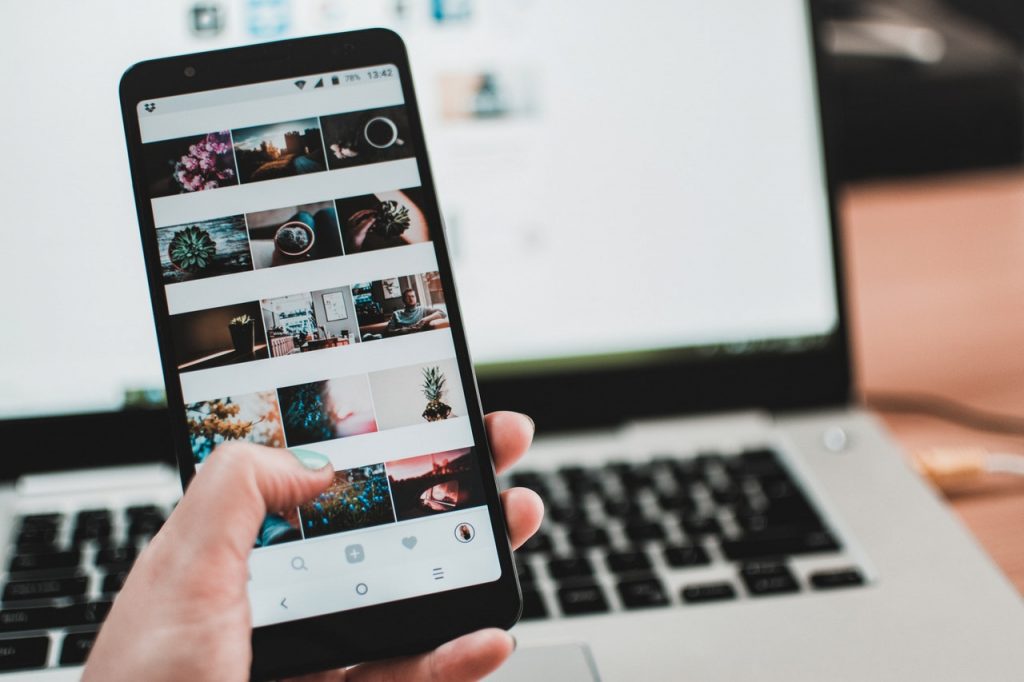
6. Use Social Media, when there is Social Distancing. With billions of users, social media is the best way to connect to your prospects and customers. Apart from paid social ads you can also give information to your users through your social networking pages like Instagram, Facebook, LinkedIn, Twitter, etc.
Through social media you can keep your customers up to date on your business policies and the steps you are taking to safeguard the health of your customers and employees.
Remember to be mindful of your ad copy and tone.
If you are a B2B business consider these:

1. Think in Context. In today’s world of COVID-19, context is everything. It’s important to review your existing marketing plan (you do have one – right? 😊) and see if your current initiatives are still appropriate for the climate.
Review campaign messaging, timeliness, tone, and images. For example, images with crowds, handshakes, coughs, face touching, and so on are no-nos.
2. Consider new ways to target your audience: Like B2C, now is a great time to find a new audience(s) online – that doesn’t mean demography only, also consider geography. Prominent digital marketers Neil Patel report a significant increase in site visitors from other countries.
Could you find a new audience in a different region or country?
Who else could use your product/service right now?
You’ll find them online.
Most major ad platforms like Facebook and Google have much cheaper ad costs these days as big-budget companies and speculators withdraw from the bidding sites.
Entrepreneurs and business owners like you and I now have an opportunity to jump in and find new audiences.
If you have been thinking about using paid ads for a while and have been on the fence for one reason or another, now is as good as it gets.
You can use ads to:
• Build brand awareness
• Keep top of mind when demand bounces back
• Drive people to your site to build your list and gather data
• Promote valuable content
• Promote a paid offer

3. Re-allocate $$ to build content assets. I know you may be thinking it’s time to take an ax to slash and burn expenses – but not so fast. Right now, if you want to surge when the bounce happens, it’s critically important to re-allocate funds to invest in marketing assets to remain top of mind.
You will need a few core pieces; consider these to be your must-have tools in the courtship period. Every part of the customer journey needs to have the appropriate content to get the conversion.
Repurpose what you currently have. Is there a very popular blog post you can turn into video series? How about creating or upgrading an evergreen webinar?
4. Focus on your website content. The majority of businesses are facing uncertainties in this coronavirus lockdown. In normal times, face to face meetings are very useful and impactful to present what you offer and how you can help – what emails and phone calls can’t do.
Now that physical distancing is in play, the content on your website is even more critical. Consumer demand may have fallen but search is way up. So ensuring your website provides very important details about who you are, how you work and how you can help, goes without saying.
The dust will settle, and you want to be top of mind when it does.

5. Learn from big players. Now is a great time to look for opportunities of learning. Study the big players in and outside of your industry and learn how they have successfully transformed their businesses through innovation and marketing.
Go one step further and reach out and ask questions. I have found that people are incredibly kind and are willing to help these days. Opportunities for learning and emulation abound everywhere – if you seek it.
As small business owners, we can learn a lot from big businesses.
6. Be transparent and honest. Some factories are closed while some have reduced their production at a significant rate. Supply chain has been disrupted significantly.
Chances are, as a small business owner, you are experiencing the disruption too.
Whether, the problem is low production, low inventory, or slower turn-around times because of sick employees, it’s important to be honest and transparent about what you can and can’t do for them.
Your customers are very understanding as we are all in this together.
Use videos, tweets, posts and your website to keep an open line of communication.

This is our moment to focus on the opportunities and release anxieties. Control the controllable.
Normal will not return. Normal has died.
As entrepreneurs and small business owners, we have the advantage of being agile and adapting our marketing to changing needs and challenges.
Together, we’ll get through this crisis stronger and more resilient.
Do you have marketing recommendations of your own?
Please share.
Reference: Rogers, C. (2020, April 15). Covid-19: B2C marketers more likely to face redundancy than B2B. Retrieved from Marketingweek: https://www.marketingweek.com/b2c-b2b-marketers-redundancy-coronavirus/
